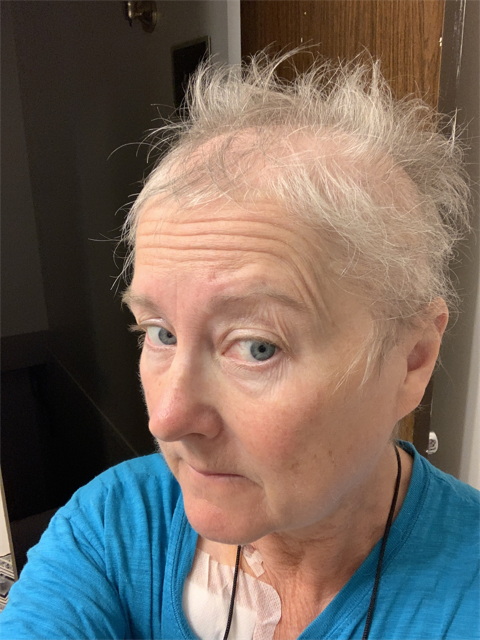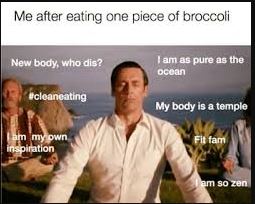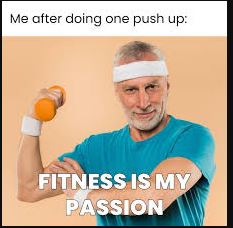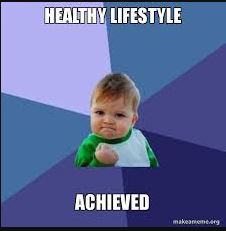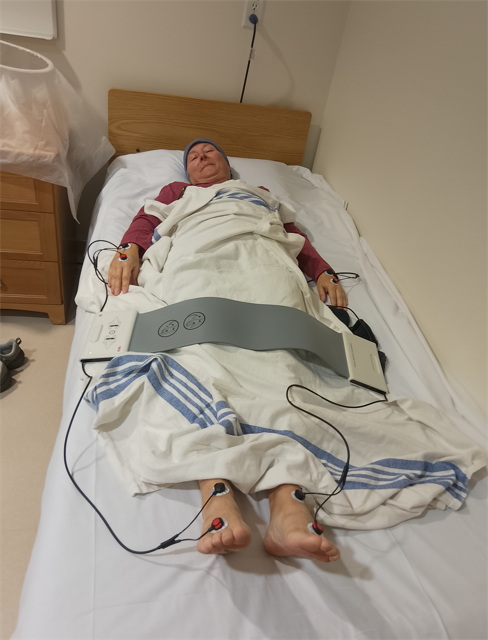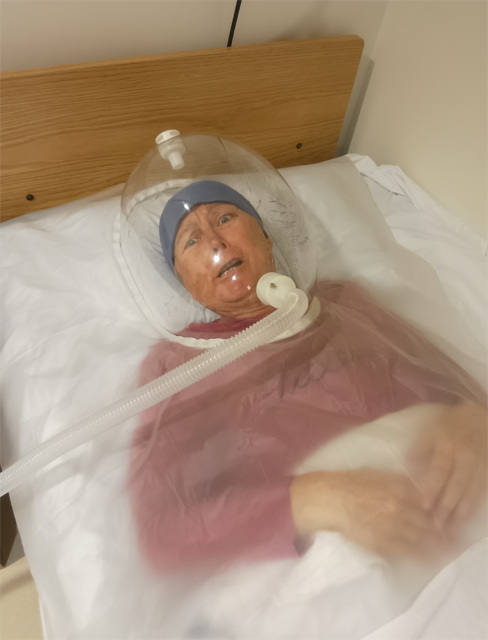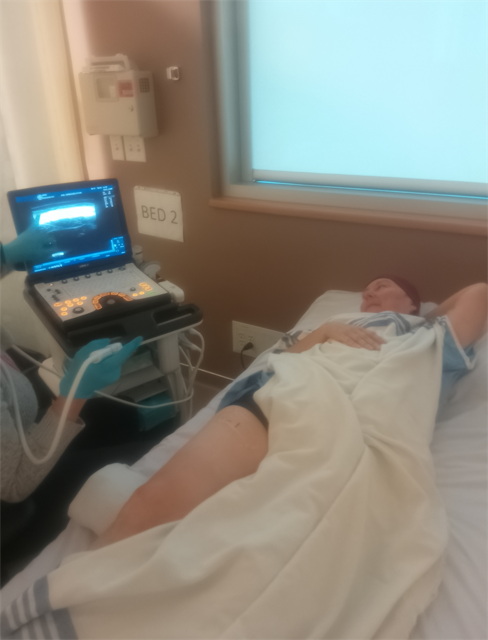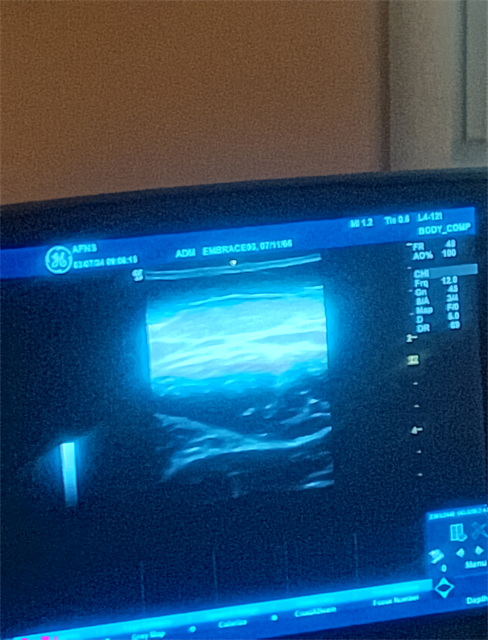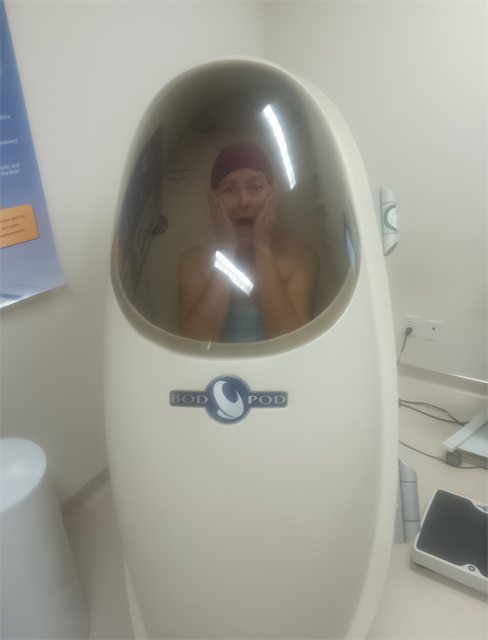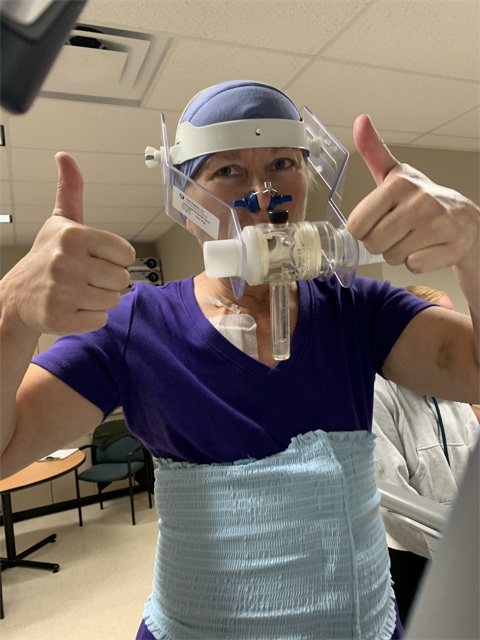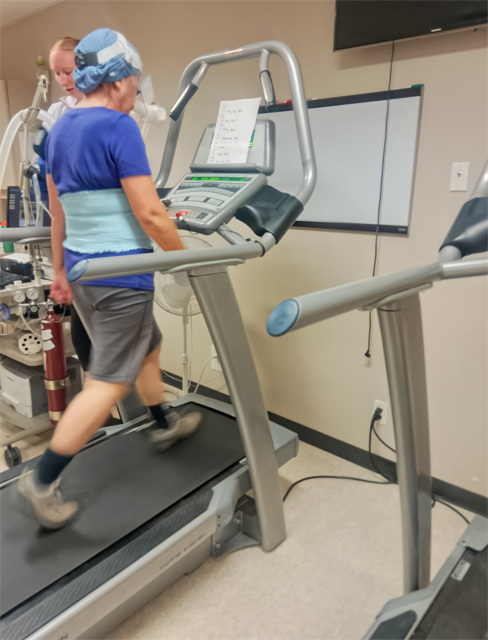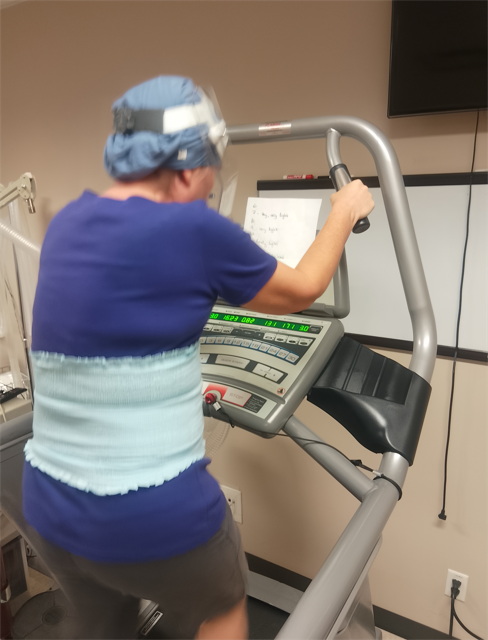Rhandom Schittshowe Cancer Journey: 2024-07-03: EMBRACE Dietary Study Day 1
| Activity | ||||||||||
|---|---|---|---|---|---|---|---|---|---|---|
| Type | Name | Description | Service Provider | Cost | Kms | To Date | Total | Notes | ||
| Other | EMBRACE Study Part 1 | Energy requireMents in BReast cAnCEr | U of A | $0.00 | 0 | Weight gain is a concern for women with breast cancer. Providing enough energy during cancer disease is fundamental to maintain a healthy body weight. Unfortunately, we know little about how many calories women with breast cancer should be eating while receiving treatment. Understanding how many calories a person burns (total energy expenditure) can help us understand how many calories women need to lose, maintain or gain weight. This study aims to help understand the energy needs of women undergoing treatment for breast cancer using two sophisticated techniques: the whole-body metabolic chamber (WBMC) and the Doubly labeled water (DLW). | ||||
| Blog Entries | ||
|---|---|---|
| I spent the morning at the U of A getting fitness tested for the EMBRACE study. \n They ran a bunch of different tests on me, including a treadmill stress test. They had me walking 5 km/hour while they raised the incline by 1% every minute. As the incline got higher, they kept asking me if I wanted more. Every time they asked, my brain said no, but my stupid hands kept making a \"bring it on\" motion. Finally, when they got to 11%, and my heart rate was 171bpm, I bailed. \n They said my VO2 was 26. Brent and I had never heard of VO2 before, so I had to look it up. Google says \"VO2 is the volume or amount of oxygen your body consumes. The fitter you are, the more oxygen your body burns and the higher the score. Peak VO2 is the measure of millilitres of oxygen consumed at maximal effort divided by a person's weight in kilos per minute.\" For a 57-year-old, the V02 range is 16.0 (5th percentile) to 35.9 (95th percentile), so I'm kinda average, but I'll take it.\n Tests:\n
| ||

